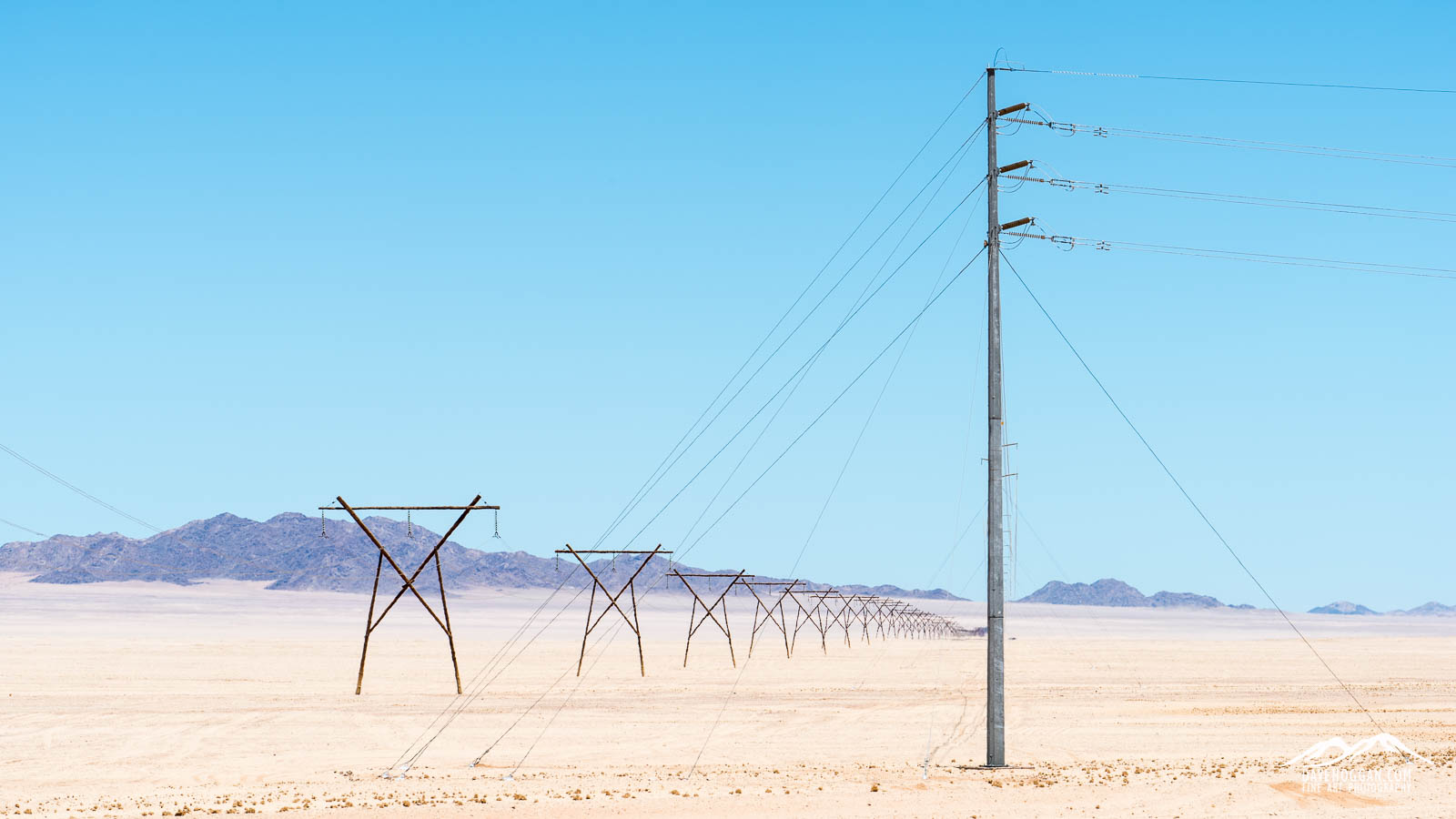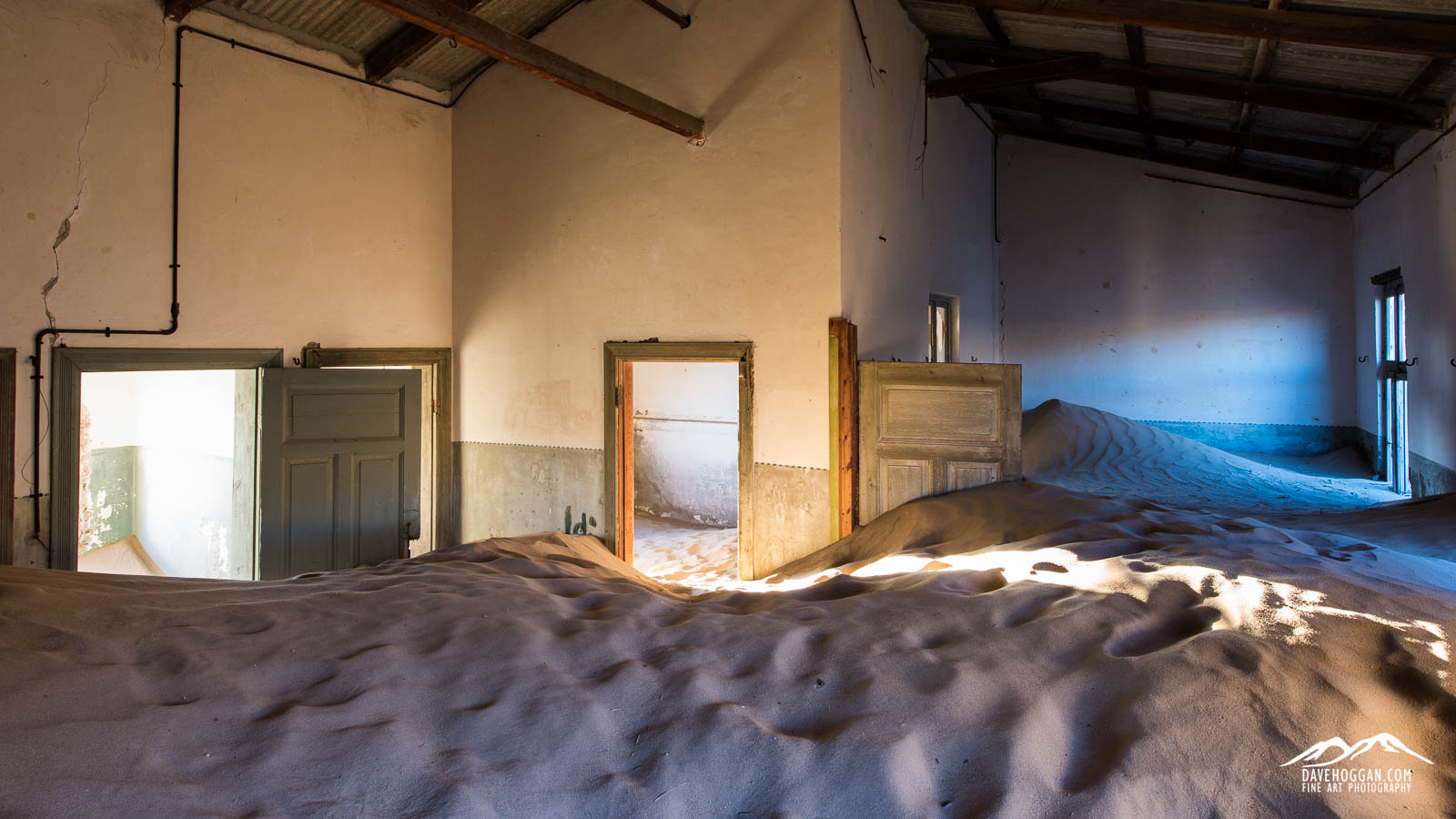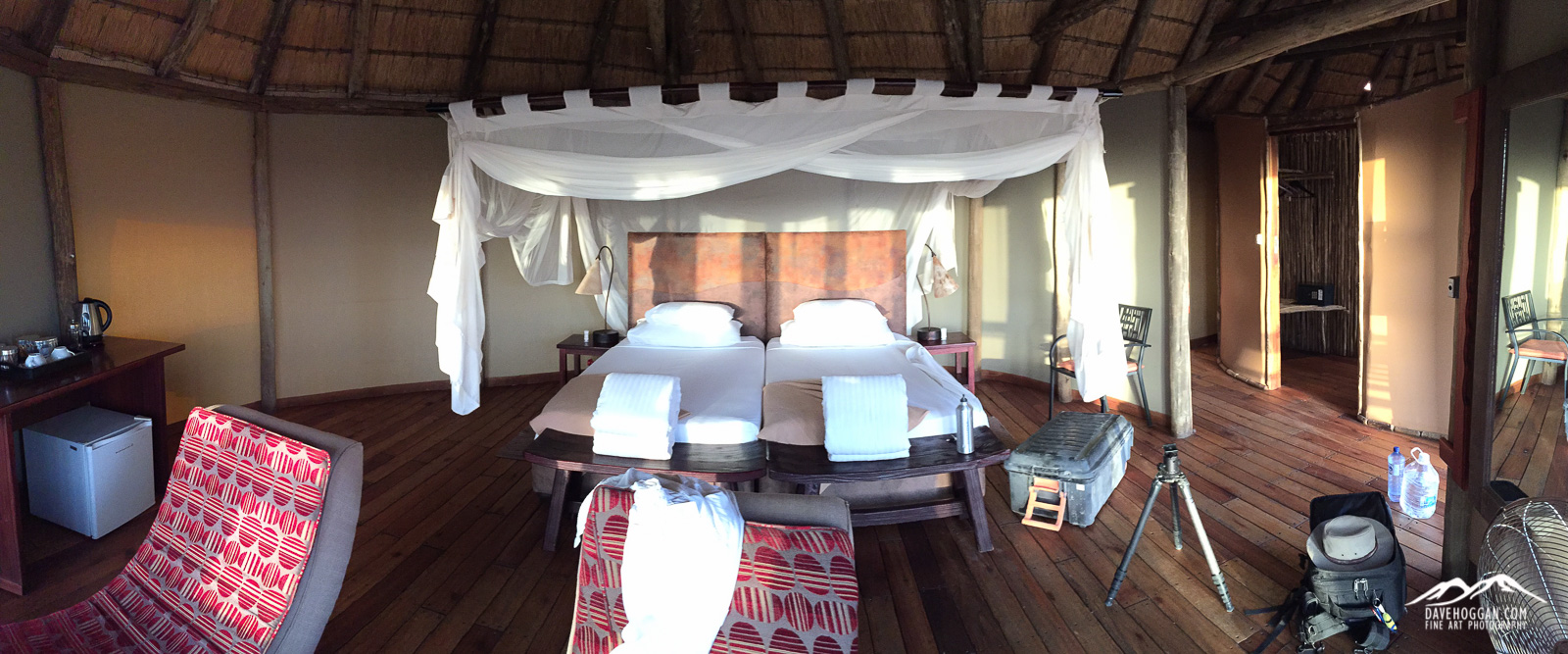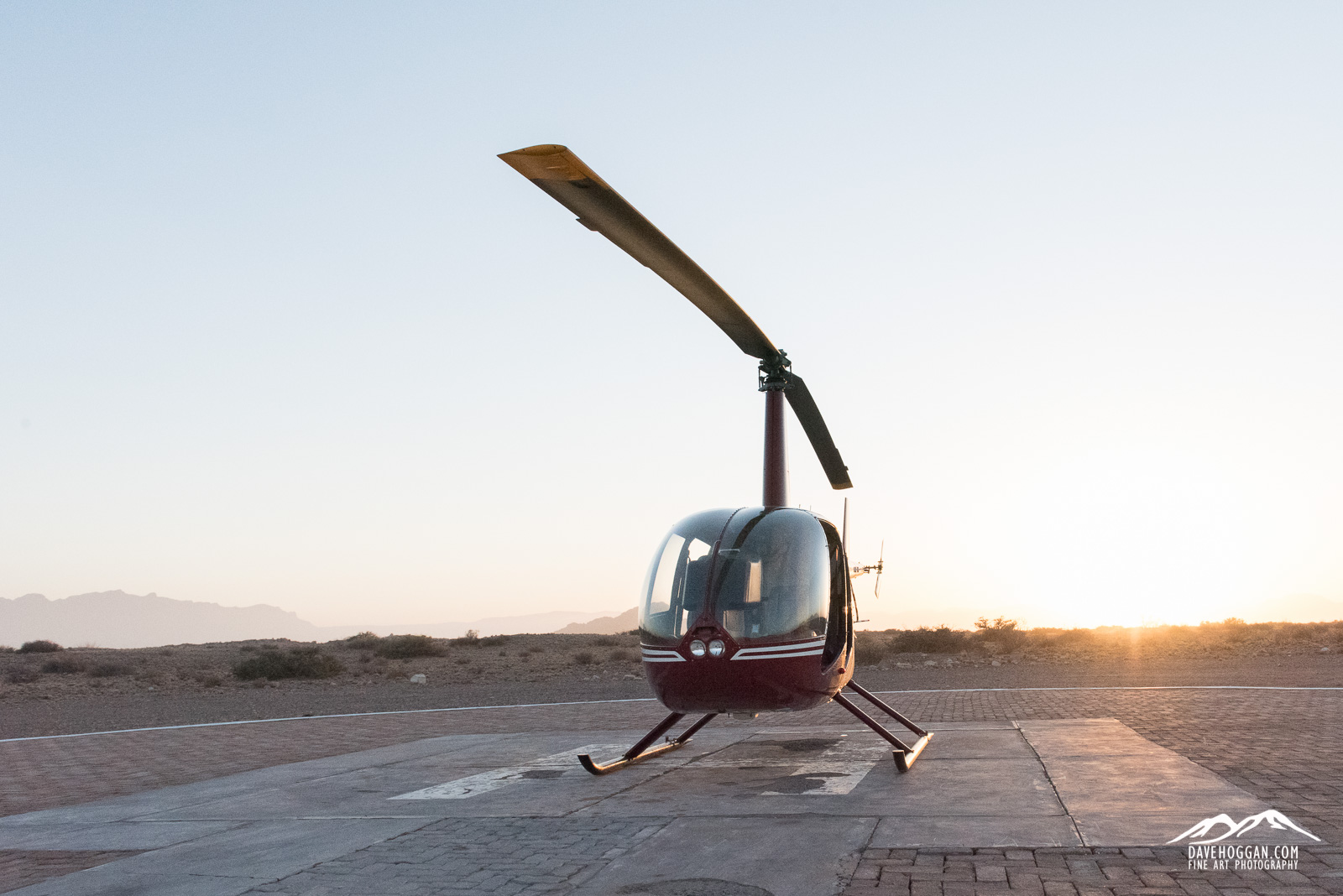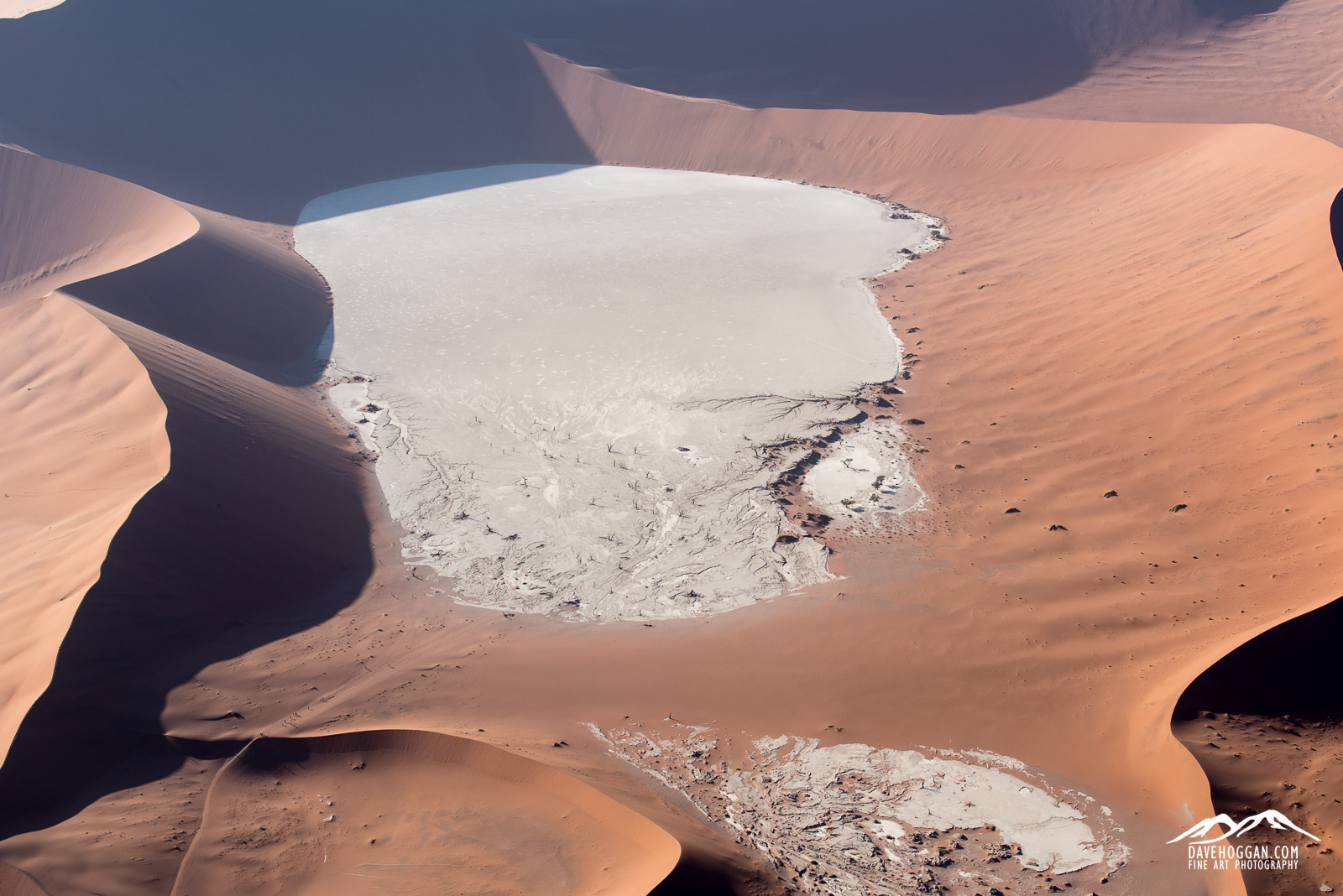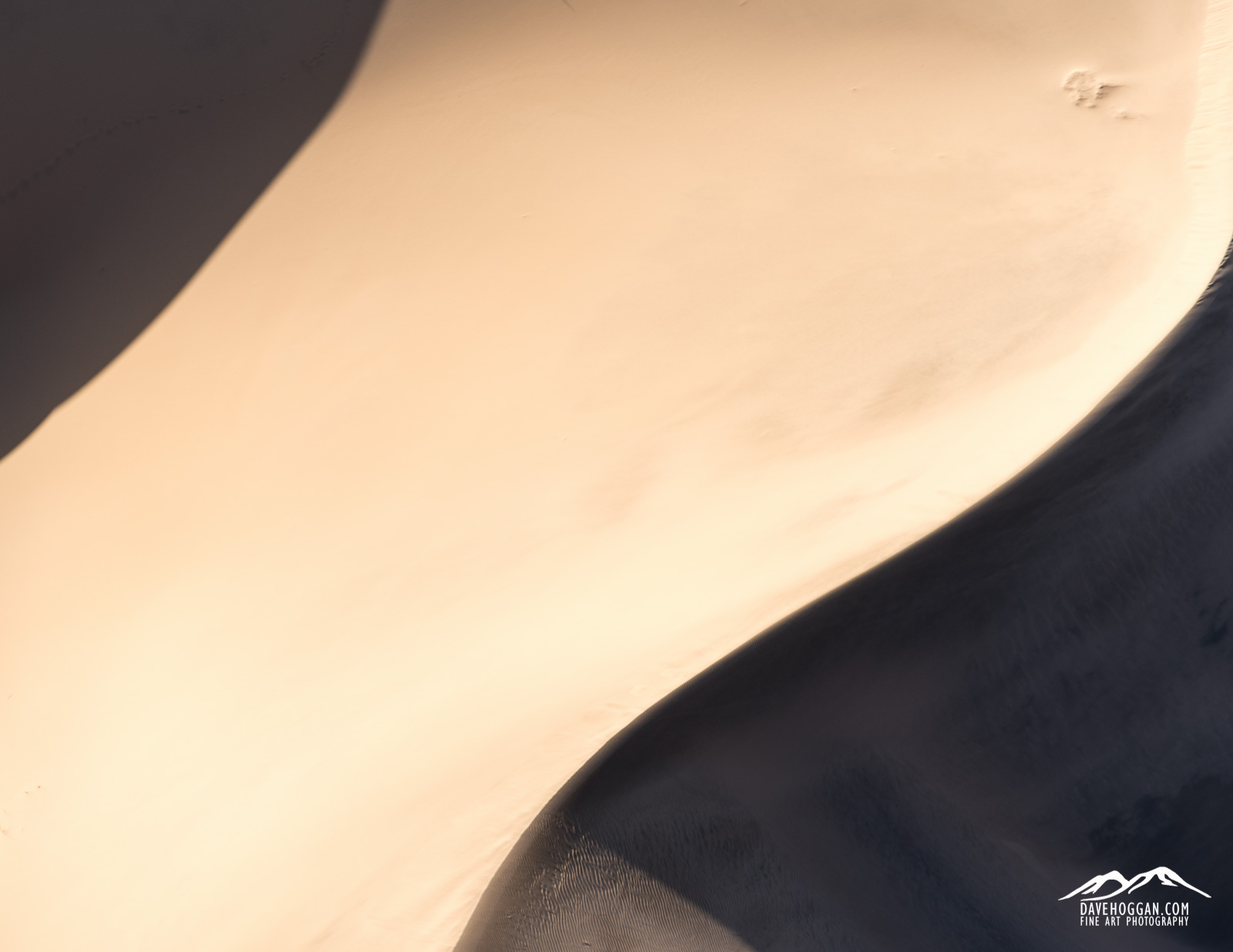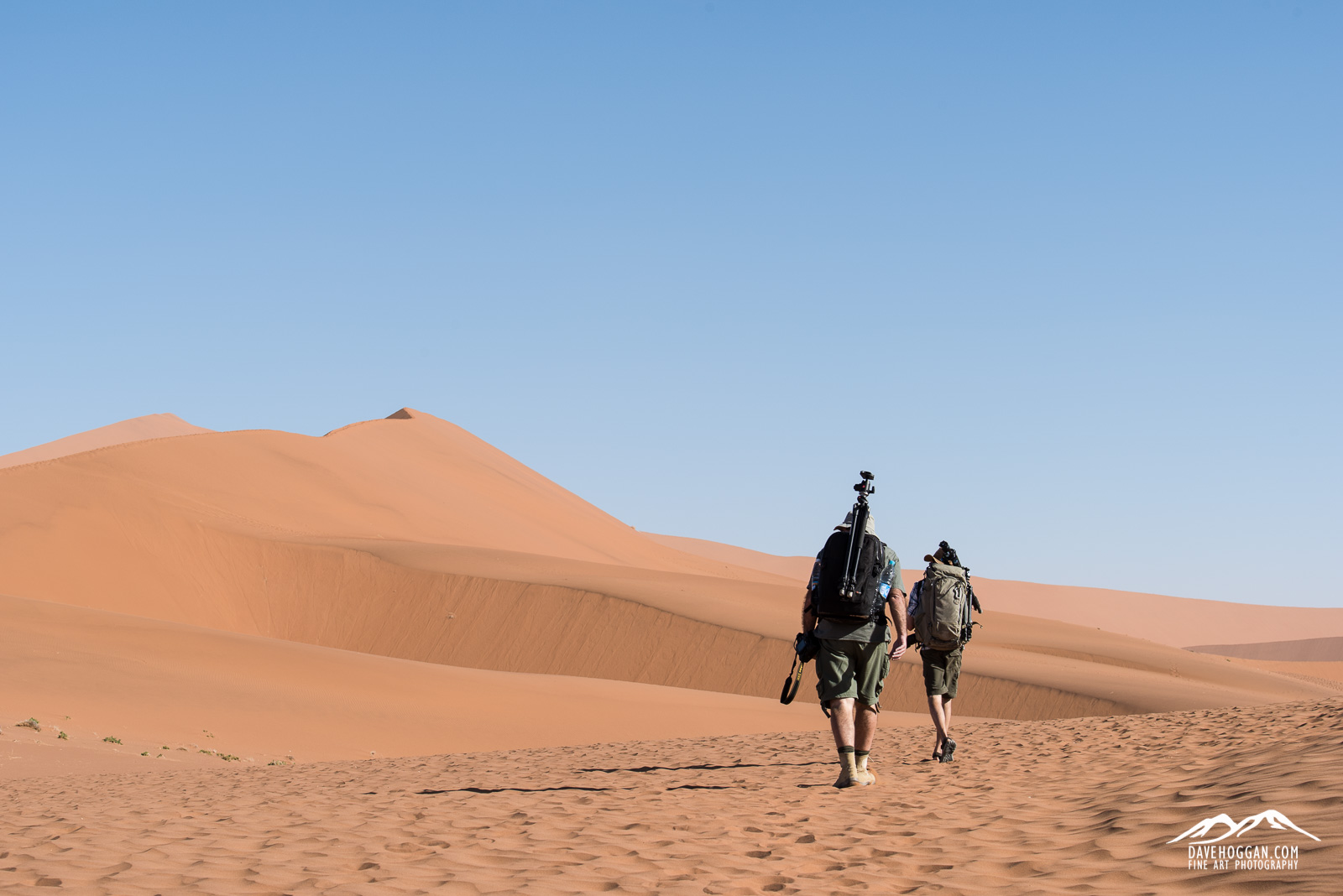This is the second of a three-part review of the Nature’s Light “Composing the Dunes” photographic workshop. Today we look at days five through eight covering the allegedly haunted ghost town at Kolmanskop and the helicopter shoot over the Namib Desert. If you’ve missed part one it can be found here.
Day 5 : Seeheim to Lüderitz
The day started with another long drive – 300 kilometres – to the coastal town of Lüderitz. Along the way you can watch as hills slowly get replaced with sand dunes and there are a few stops along the way – a scheduled one at a derelict house next to a single track railway and an unscheduled one to photograph some pylons. I’m not a fast shooter and prefer to take time to look at a scene deciding how best I can frame it and so these short stops can get somewhat frustrating for me as I’m only getting started as everyone else wants to leave. But I know I am slower than most people and so I think that the time allotted to each stop is probably right although had these been more photogenic I would have likely been a bit more vocal.
Depending upon how many stops you make along the way you’ll get to Lüderitz mid afternoon meaning that we were there in good time to collect the photography permits for Kolmanskop the next day and, as the light was still pretty harsh we had a couple of hours to check in and get some lunch.
One of the joys of travel is finding something unexpected. I still remember a hostel in the backwater town of Xingping in southern China that served the best coffee I had in that vast country and I had the same experience in Lüderitz when Emil took us to the Diaz coffee shop. It had moved off the main street and was apparently far more basic than the last time he was there – some people may even be put off by its appearance – which would be a shame as they do some excellent coffee from various parts of Africa. Needless to say that the Diaz coffee shop became a daily refuge whilst in Lüderitz.
Ahead of sunset we headed out to Diaz Point and the lighthouse there only to discover that the wind was brutal. Handheld shots were awkward and long lenses were completely unusable on my usually stable Gitzo tripod – even a Sirui tripod – one I dubbed “The Tank” due to its weight and height – couldn’t keep a long lens stable. And as if to prove the point it was here that we had the only fatality of the trip when the wind caught Romeo’s camera and 24-70mm f/2.8 attached to a tripod and sent it lens-first into the beach severing the lens body from the lens mount which, aside from the cost, meant he had just lost his main landscape lens. I had a spare 24-120mm (which I had made a point of bringing to Namibia after damaging my 24-70mm in Iceland, again a wind-related accident) and so lent this to him.
As the wind was showing no signs of letting up, we abandoned the shoot and headed back to the Lüderitz Nest hotel and then out into town for for dinner.
Day 6: Kolmanskop
We were up before 5AM in order to head out to Kolmanskop. Kolmanskop is the second main location of the trip, once a thriving diamond mining town but abandoned in 1954 the desert has been reclaiming the place ever since. Permits are required as the land is owned by NamDeb, a joint venture between the Namibian government and the De Beers corporation, but once obtained you have free run of the place. The town is a popular photographer’s stop and so perhaps another advantage of the Nature’s Light workshop is that being off season meant less chance of other visitors – we were lucky and only saw a couple of other people on the first morning.
The point of the early starts – not just at Kolmanskop – was to arrive on location and have some time to scout out compositions before the sun made an appearance but, as mentioned before I take a while to ‘get up to speed’. I did find a composition and had it set up as the sun’s rays crested the horizon filling the rooms, but as this was the only scheduled morning at the town I must admit that I, for want of a better word, panicked and despite having a perfectly good composition set up rushed off to find another one. Luckily I did take a couple of images before rushing off but I lost a lot of good light trying to scout out another composition. By 8:30 we were finished and heading back to the hotel.
As the next shoot was at sunset we had the bulk of the morning and afternoon for lessons and the critique sessions. Given that there were just two of us the lessons were led by Emil on his laptop whilst we sat on either side with our laptops trying to replicate the steps. This perhaps highlighted the greatest weakness in the lesson structure; we were trying to learn new Photoshop skills and all the associated keyboard shortcuts, which is a lot to process, especially when tired and especially when – in Romeo’s case – English isn’t your native language. It would have been really useful to have a printed copy (not just an electronic one) of the shortcuts. Romeo even tried to video the process on his phone which wouldn’t have been a great video but it did lead to a flash of inspiration: Record the screen as Emil worked and whilst having him narrate the process. The result is a series of videos taken over the remainder of the workshop that I have referred to several times since my return. One of the things that Emil may do is create some formal videos – without the sounds of the Diaz coffee shop in the background, for example – but part of me wonders if they’ll be as useful to me as the rough-and-ready ones we recorded on the workshop, ones that include our images and ones we asked all manner of questions about.
The wind was picking up again and by the time we arrived at Kolmanskop it was becoming painful to walk about as you were, quite literally, being sandblasted.
Having had some time in the morning to look around the various buildings in the town I had a better idea as to some compositions that may work and so the angst of the morning didn’t make a re-appearance. There is a lot to photograph in the town and it surprising just how quickly the hours passed and with the sun already set a good half hour ago it was getting dark both inside the buildings and out. I began to head back to the entrance as we had an agreed time to meet but stopped along the way at the abandoned hospital to take a couple of shots. With the wind moaning down the long corridor, the strange shadows being cast along the walls and the banging of a door or window frame coming from one of the rooms, it was just like a scene from a teen horror film and probably wasn’t the best time to start wondering just how many miners had died in this building.
The plan was to shoot some astrophotography over the buildings of the town but the wind hadn’t let up – if anything it had become slightly worse – and you didn’t have to make an attempt to realise that trying a 30 second exposure, let alone a 240 second one, would be utterly futile.
Day 7: Kolmanskop, Travel to Sossusvlei
I had been a bit annoyed at myself for messing up the morning shoot yesterday and Emil knew it. So despite today being a long travel day he had suggested the option of returning for another attempt. It meant getting a new permit (which was approximately £12) but it again highlights the benefits of small group travel: adaptability. Romeo hadn’t been interested in returning and so after driving me to Kolmanskop at 5AM Emil returned to pick up Romeo and take him out to Shark Island. To a degree the 2015 workshop is unusual in that there were only two guests but given that the maximum group size is seven and that is with two instructors I suspect that the same flexibility would be possible – perhaps even easier – on busier workshops.
The morning at Kolmanskop was great. It was eerie being the only person in the dark, dead town – the first person I saw being the guard when I returned to the main gate for 8AM. This being my second morning I had a better idea where the light would fall and so had a relaxing and enjoyable shoot. Some people like to return to the same location, some don’t, but at least we had the flexibility to decide.
After breakfast it was a 470 kilometre drive to Sesriem, right on the edge of the Namib Desert. It was a long dive on the crushed rock roads and we were keen to get the driving out of the way as quickly as possible so we made fewer stops, such as at another abandoned house and, at my request, the house by the rail track we had stopped at a couple of days ago.
The bulk of the day passed watching the landscape changing as the red sands of the Namib Desert slowly came into view and then alongside us. Along the way we made a few stops as details of the landscape captured our interest although the pounding sun and sparse shade made sure we didn’t hang around longer than necessary.
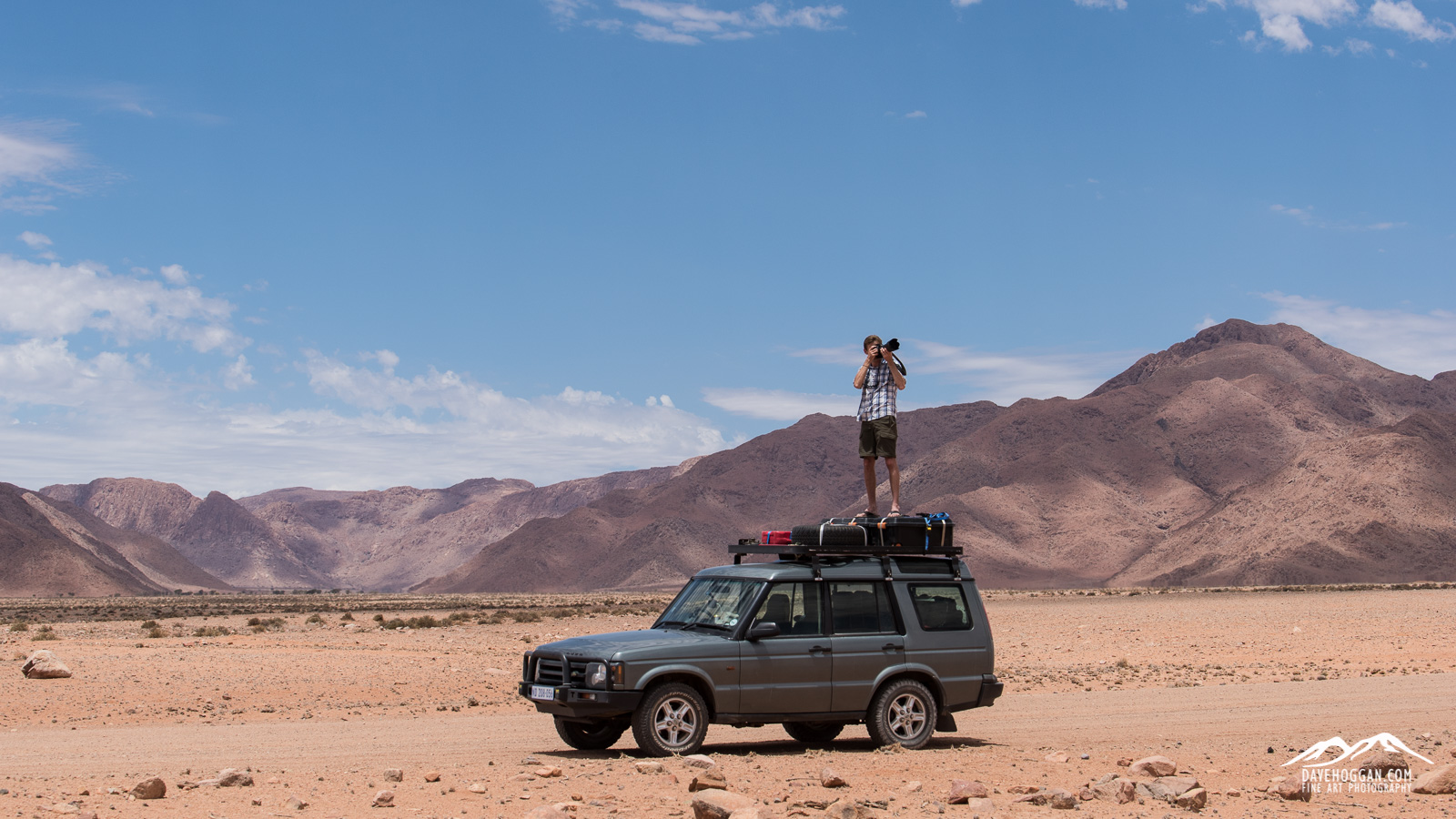
Despite Emil’s shirt mirroring the ridgeline of the mountains he still fails to completely blend into the background…
One of the reasons for keeping the drive north as short as possible was to arrive at Sesriem before the airfield closed for the day. One of the options of the workshop was to take an aerial flight over the Namib Desert. It is an additional cost but both Romeo and I were of the same opinion and wanted the longest possible flight that they offered, in this case 90 minutes. Luckily they had availability the next day so that was booked and, with still a couple of hours before sunset, we headed off to Sesriem Canyon.
Sesriem Canyon is nowhere near the grand scale of Fish River Canyon but its smaller scale makes compositions easier. We were also not limited to the top and took the path down to where long shadows were already forming which had the additional benefit of being conveniently out of the still intense sunlight. It was also the first point in the trip where we encountered other people, groups of them in fact, and so it involved a bit of timing to compose a shot and take it before the next group walked into frame.
The day ended with our arrival at our accommodation for the next three nights and what was likely the most impressive of the accommodation, the Sossus Dune Lodge. The point of the long journey north was to visit the iconic Deadvlei and Sossusvlei, often just collectively known as Sossusvlei. The vleis – vlei translates as marsh – lie inside the Namib Desert and inside the boundaries of the Namib-Naukluft National Park, a heavily protected area where access to the park is via a security gate. Nature’s Light had organised for us to stay at the only accommodation within the park boundaries – the Sossus Dune Lodge – which after being there and experiencing Deadvlei in particular, I feel has to be a prerequisite for any photographer. The park gates open sunrise and close at sunset which, given the fact that both Deadvlei and Sossusvlei are next to each other approximately one hour’s drive into the park means that there’s no chance in capturing the first and last light of the day if you are not already within the park boundaries.
Given its status as the only accommodation within the national park it could have been a flea pit and we likely would not have cared but it the rooms were clean, spacious, had a fridge and an impressive panoramic view of the plains where Oryx grazed. Not that you’ll get a chance to see any of this: The 5AM lie-ins are over!
Day 8: Namib Desert and Deadvlei
The structure of the next couple of days will vary as it depends upon whether you opt for the flight, when and if it is available, and where your interests lie. It would have been more difficult for us – although we were given the option – for one of us to visit Deadvlei whilst the other went to Sossusvlei, but with more guests there would be two guides making such a split easier.
If you do decided to take the flight you’ll likely be given the same options we were, helicopter or light aircraft, although you may be constrained by what is not already booked out at the time. With the helicopter you have to book the whole craft which sits three plus the pilot, but as there were three of us this was not a problem. Which you pick is a matter of choice (and availability) but upon Emil’s advice we opted for the helicopter, primarily as you can take the doors off and have an unrestricted view of the landscape below. But, bring something warm – the pre-dawn air may be warm at the airfield but by the time you get to the Atlantic coast at altitude flying in a craft with no doors, it will be very cold.
If you are thinking of taking the helicopter flight it is worth bearing a couple of things in mind. First, once airborne it is going to be cold and windy and space is restricted. You are not going to be changing lenses so plan ahead. Ideally you will have two cameras, one with a wide angle and one with a zoom of some kind, but if not you might want to consider what type of shots you are after before take-off.
Second is the vibration. Everything shakes, even you. I hadn’t considered this but Emil suggested minimum shutter speeds which I am glad I followed – a couple of times I tried a ‘creative’ shot but even at 1/500th there was evidence of shake – see the video below to see just how bad the vibration is.
Third is gaffer tape. Apparently the wind will happily pull the lens hood of the lens – which gives an idea as to how windy it will get – so we took the precaution of taping the hoods on.
Finally, if something falls out – other than a person I’m guessing – it is gone. Memory card, lens, camera – you’re not going to see it again. The pilot was telling us how many GoPro cameras have been lost on his flights alone. So, have a strap for your camera. I use the OP/Tech wrist straps as they’re comfortable and can be tightened or loosed as required. Maybe wrapping the shoulder strap around your wrist will work but that can be a hinderance as much as anything. It is also worth making sure that the batteries are charged and the memory cards are empty – you will likely end up taking several hundred shots.
After the safety induction (where the GPS and Sat Phone was, expected emergency response times etc.), we were off. I’ve never been in a helicopter before and am known to be none-too-keen on flying in general, but this was awesome! The video below (approximately three minutes) is split into three sections of around 60 seconds each: The take-off, approaching the sand dunes and a time-lapse showing the flight out to the Atlantic coast.
Because we had opted for the 90 minute flight the pilot had discussed with us our options for the route we wanted to take. We decided to fly out across the Namib Desert to the coast and back, passing over Deadvlei and Sossusvlei on the return trip. The route did give us a variety of landscapes to photograph including the slightly bizarre sight of sand dunes hidden in the mist of sea fog – something only possible with coastal deserts.
If you still need convincing, here’s a few images only possible if you take the flight.
We were back at the lodge for breakfast and as the next shoot was late afternoon we spent the day on lessons and another critique session but, despite my best efforts, I actually fell asleep during the lesson.
The workshop brochure makes a point of the lesson time and although at the time of booking I really wasn’t too bothered about the lessons having now sat through them I see just how useful they are – you only have to look at the astrophotography shots to realise that through the lessons I have learnt a new skill.
I’m guessing that, based on Romeo’s and my skill level, Emil’s aim was to teach us four Photoshop techniques: Focus stacking, exposure blending, star trail stitching and luminosity masks. It may not sound like a lot to learn but being increasingly sleep-deprived and in a hot desert really doesn’t qualify as the ideal learning environment – and Romeo’s first language was Croatian. So we struggled. We didn’t understand things, we forgot what step one was by the time we got to step five, we forgot simple command sequences and so on. We weren’t being dim-witted, but we were tired. And so will you be by day eight. So whilst I do think that the lesson structure could be improved (see the conclusion as to my thoughts on that) I think that the repetition of the lessons worked quite well. In a larger group there’ll be both advanced and novice Photoshop users, but in the past they have split the group and taught lessons to suit each group.
The afternoon shoot was the first trip out to Deadvlei – possibly my favourite location of the workshop. Despite the lodge being within the national park boundary, it is still an hour long drive surrounded by increasingly impressive sand dunes reaching 300 metres high. Along the way we had to make a stop to let air out of the tyres when the road surface turned from tarmac to sand, and even when we arrived at car park, we had not arrived at Deadvlei as there was a 20-30 minute hike across the sand dunes still ahead of us.
Hiking on desert sand is an experience, especially when carrying 12 kg of camera backpack and two tripods in temperatures over 30°C and even more so when it is uphill. At some point you may just wonder if it is worth it. It is.
By the time we arrived – with a good hour until sunset – most people had already left, presumably as they needed to get back to the park gates before they closed for the evening. Having Deadvlei to yourself is a great experience and aside from the obvious fact that less people meant that there was less chance of someone being in a composition, it just felt more personal.
Despite being within the park boundaries the lodge is required to ensure that its guests adhere to the same access times as other visitors and, although frustrating, the rules are there to not only ensure the safety of everyone concerned, but to ensure that Deadvlei and Sossusvlei are protected. That said, Nature’s Light have built up a relationship over the years with the lodge and so they understood that we were there for photography, with the implied level of trust and respect for the environment that goes with that. As such the lodge wasn’t absolute in how it enforced the access restrictions which lead the way to one of the more memorable experiences I have had on my travels: The night shoot at Deadvlei.
In the third and final part of the review we will cover Deadvlei and its sister Sossusvlei, finish the trip at Spitzkoppe and I’ll cover the concluding remarks.
